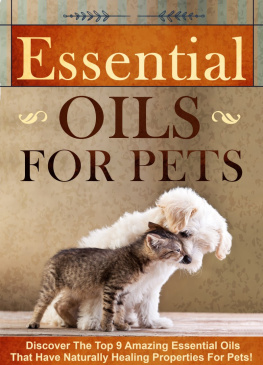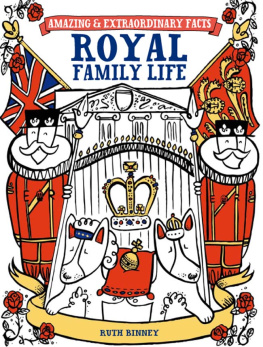Thank you for purchasing this Atria Books eBook.
Sign up for our newsletter and receive special offers, access to bonus content, and info on the latest new releases and other great eBooks from Atria Books and Simon & Schuster.
C LICK H ERE T O S IGN U P
or visit us online to sign up at
eBookNews.SimonandSchuster.com
DISCLAIMER

This book was written and published for educational and entertainment purposes only, and it is not intended to take the place of veterinary care. I recommend consulting your veterinarian for any medical or surgical treatments where necessary. The author and publisher disclaim any liability arising directly or indirectly from the use of this book.
I have included information on doses for medications, herbs, and homeopathics only to provide clarification. This is not meant to diagnose or treat disease. My goal is to provide insight into an integrative approach to veterinary medicine.
Every animal, breed, and species is different, and patients require individual assessment for proper treatment. In fact, that is a major theme of this book. I love my profession and my many dedicated veterinary colleagues. Veterinarians are some of the most wonderful people I know. In this book I hope to add to the already impressive array of veterinary treatment options for patients.
Even with animals there are patient-confidentiality issues. Many names, locations, and details have been changed to protect the innocent, the ferocious, the tame, the wild, and their natural habitats. By doing this, I hope the trail leads away from the tracks of the actual animals to protect their destination. All of the animal cases are taken from my actual experiences, some are composites, and all are remembered fondly.
I have issues with the idea of zoos and animals in captivity. But I try to be a realist. Zoos do exist, and improving the health and comfort of the animals there makes sense. People are encroaching on the wild in every part of the world, and anything we can do to improve the life of any animal seems to me to be the right thing to do.
My experiences with zoos and wildlife, while often wonderful, have not been without their share of angst. I hope to further the overall discussion about animals by sharing what I have learned.
To my children, Sean and Sophie
your wild happiness inspires me.
CONTENTS



WHAT WILD ANIMALS
TEACH US ABOUT OUR PETS









The word patient is used to signify the animals being treated. Clients are the humans who bring patients in to vet clinicsthey are also called owners or the mom and dad of the pet. The current trend to denote owner with the word guardian is laudable. While new terms can further the cause of our beloved animals, I do not use the word guardian in this book, for two reasons. First of all, I think it is often the animal that is guarding or being the guardian of the person. Second, I am habituated to the words I use daily in my clinic and want this book to reflect that ease of usage.
I use the term pet to indicate a family member from the animal kingdom.
He and she are used interchangeably to indicate various generic or specific pets.
X-rays are invisible particles that create images that are seen on a radiograph. Even though X-rays cannot be seen and radiographs can, I use both words to signify the same thing. The term X-ray is easily understood and current usage allows it, but I still cringe.
Signs of disease in animals is the term used for what would be symptoms of disease in humans. Symptoms, while a familiar term, involves a description of health problems experienced by a person. Signs are what we observe as health issues in another species. Therefore, where prudent, I have used the preferred veterinary term sign.

What have we done to undermine the innate health of our pets? Why are the animals in our homes riddled with disease? Why do we have more medicines for them in our cabinets than we do for our aging parents? Why do a record number of dogs suffer from cancer, obesity, diabetes, thyroid disease, and other disorders? Why do we accept this as the norm? Is it logical that a carnivore would be allergic to meat? Should a six-month-old cat be plagued by allergies? Why have we come to expect arthritis in Labradors? Does this abysmally low standard of health make any sense at all? Not in my book.
I have always felt there has to be a better way. This was gradually revealed to me throughout the many years Ive spent working with wild animalstreating them in zoos and on their own home ground. In the early days of my career, I was oriented toward disease, focusing on what I believed to be the inevitable progression of pathologies and the intricacies of Western medicines prescribed treatments. Now, after coming to a better understanding of the way wild animals have evolved to sustain their own well-being in their natural environment, I direct my energy toward thinking about potential. More specifically, the potential for natural health that occurs when an animals evolutionary needs are fulfilled.
This is what I call wild health.
We have an incomplete understanding of our pets when we overlook the relevance of their ancestry, just as we have an incomplete understanding of our own health when we overlook our personal and genetic histories. As a result, we make misguided decisions and draw wrong conclusions about our pets essential needs. In the case of dogs, for example, their basic needs are not so greatly different from those of a wolf.
Next page











